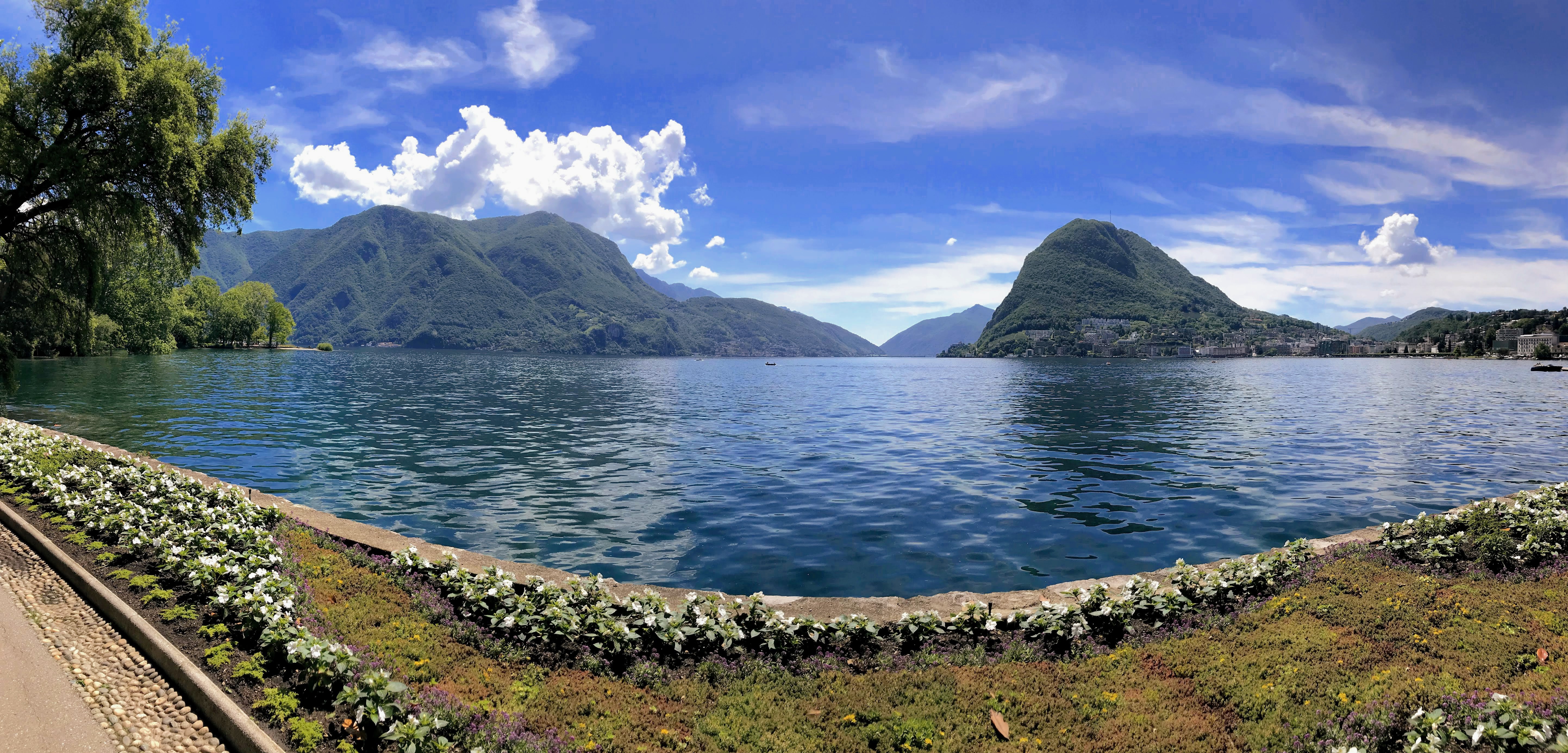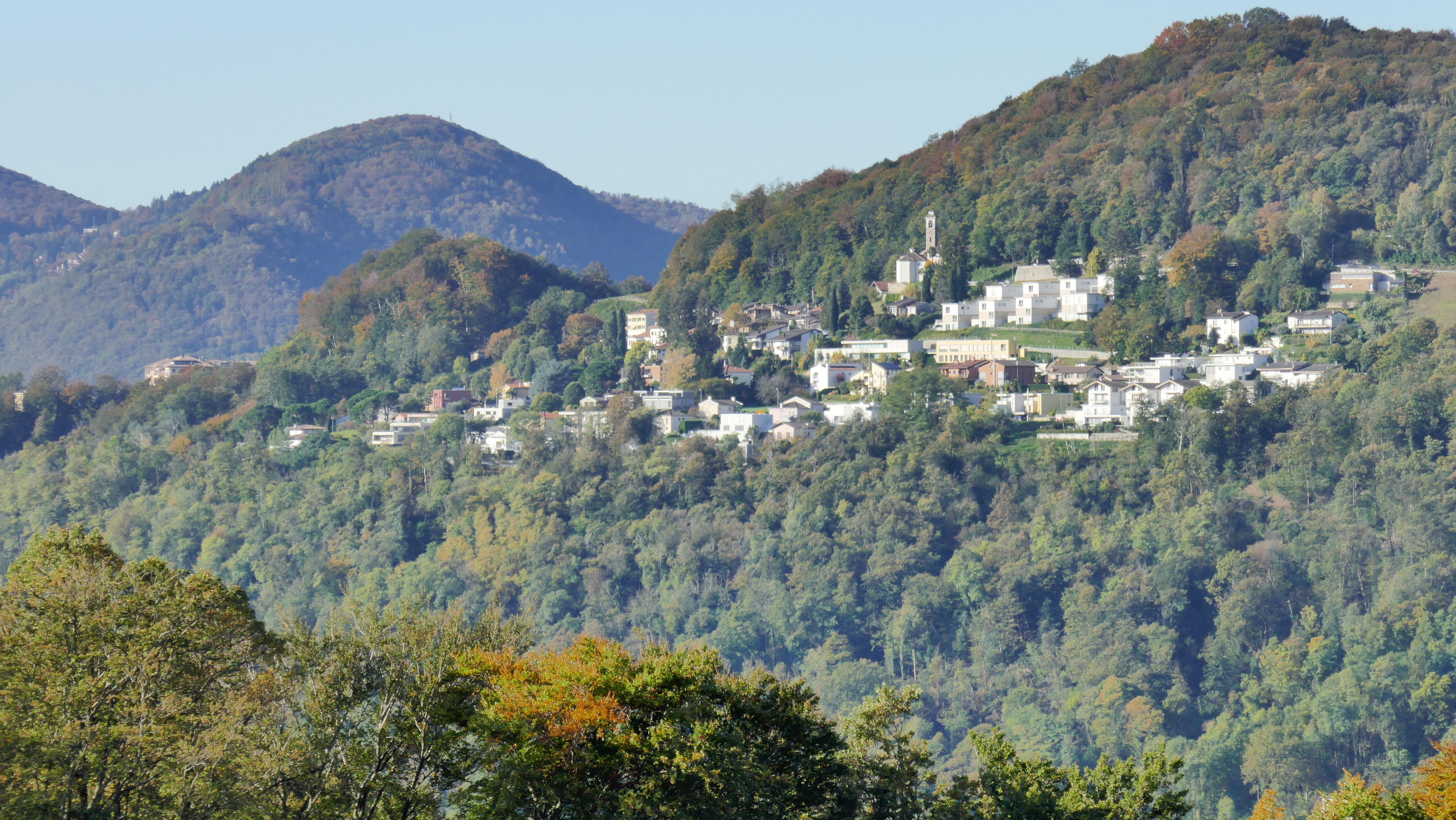|
Montagnola
Montagnola () is a small Switzerland, Swiss village in Collina d'Oro municipality. Located in the Italian-speaking canton of Ticino, it is close to the border between Switzerland and Italy. It looks over Lake Lugano and the city of Lugano upon it. It falls within the local parish of Sant'Abbondio Gentilino. Landmarks include the house where Hermann Hesse lived for half of his life, a house where George Harrison went for health reasons and The American School In Switzerland (TASIS), a boarding school. Montagnola was formerly a municipality of its own, but was merged with Agra, Switzerland, Agra and Gentilino in 2004 to form the new municipality Collina d'Oro.Amtliches Gemeindeverzeichnis der Schweiz published by the Swiss Federal Statistical Office accessed 14 Janu ... [...More Info...] [...Related Items...] OR: [Wikipedia] [Google] [Baidu] |
Collina D'Oro
Collina d'Oro () is a Municipalities of Switzerland, municipality in the district of Lugano (district), Lugano in the Cantons of Switzerland, canton of Ticino in Switzerland. It was formed from the 2004 union of the villages of Agra, Switzerland, Agra, Gentilino, and Montagnola. On 1 April 2012, it incorporated the formerly independent municipality of Carabietta.Amtliches Gemeindeverzeichnis der Schweiz published by the Swiss Federal Statistical Office accessed 24 May 2012 History Gentilino is first mentioned in 1210 as ''Gentarino''. Montagnola is first mentioned in 1226 as ''Montegnola'.Agra [...More Info...] [...Related Items...] OR: [Wikipedia] [Google] [Baidu] |
The American School In Switzerland
TASIS or TASIS Switzerland, formally known as The American School In Switzerland, is a private American international boarding and day school in Switzerland. Located in Montagnola, Collina D'Oro near Lugano, in the Canton of Ticino, the school enrolls approximately 700 pupils from around the world. It offers a primary school, middle school and high school. Accreditation Switzerland TASIS's (upper) secondary education (middle and high school) is not approved as a Mittelschule/Collège/Liceo by the Swiss Federal State Secretariat for Education, Research and Innovation (SERI), meaning it does not offer the Swiss Federal Matura. It does offer the International Baccalaureate. United States TASIS is accredited by the New England Association of Schools and Colleges. International TASIS is accredited by the European Council of International Schools. It is not accredited by the Council of International Schools. History TASIS was founded in 1956 by M. Crist Fleming. For the fir ... [...More Info...] [...Related Items...] OR: [Wikipedia] [Google] [Baidu] |
Hermann Hesse
Hermann Karl Hesse (; 2 July 1877 – 9 August 1962) was a Germans, German-Swiss people, Swiss poet and novelist, and the 1946 Nobel Prize in Literature laureate. His interest in Eastern philosophy, Eastern religious, spiritual, and philosophical traditions, combined with his involvement with Jungian analysis, helped to shape his literary work. His best-known novels include ''Demian'', ''Steppenwolf (novel), Steppenwolf'', ''Siddhartha (novel), Siddhartha'', ''Narcissus and Goldmund'', and ''The Glass Bead Game'', each of which explores an individual's search for Authenticity (philosophy), authenticity, self-knowledge, and spirituality. Hesse was born in 1877 in Calw, a town in Germany's Northern Black Forest. His father was a Baltic Germans, Baltic German and his grandmother had Romands, French-Swiss roots. As a child, he shared a passion for poetry and music with his mother, and was well-read and cultured, due in part to the influence of his polyglot grandfather. As a youth, ... [...More Info...] [...Related Items...] OR: [Wikipedia] [Google] [Baidu] |
Gentilino
Gentilino is a village and former municipality in the canton of Ticino, Switzerland, close to Lake Lugano and the city of Lugano. The local Church of Sant'Abbondio (in Italian: ''Chiesa di Sant'Abbondio a Gentilino'' - not to be confused with the Swiss municipality of Sant'Abbondio above Lake Maggiore, or the Basilica of Sant'Abbondio in Lombardy, Italy) dates from the eleventh century.http://ext.sbb.ch/DaysOut/Ticino/Following-in-the-footsteps-of-Hermann-Hesse.aspx The cemetery of Sant'Abbondio is the resting place of Hugo Ball, Bruno Walter, and Hermann Hesse. It is a Swiss heritage site of national significance. In 2004, the municipality was merged with the other, neighboring municipalities Agra and Montagnola to form a new and larger municipality Collina d'Oro.Amt ... [...More Info...] [...Related Items...] OR: [Wikipedia] [Google] [Baidu] |
Officina Bodoni
The Officina Bodoni was a private press operated by Giovanni Mardersteig from 1922. It was named after the great eighteenth-century Italian typographer Giambattista Bodoni. The Officina Bodoni is known for printing books of the very highest quality and the finest craftsmanship. Giovanni Mardersteig Giovanni Mardersteig' (born Hans Mardersteig, January 8, 1892, in Weimar, Germany; died December 27, 1977, in Verona, Italy) was a publisher, printer, typographer and historian. He was born into an artistic family. After early contact with art and literature, he studied law from 1910 to 1915 in Bonn, Kiel, Jena and Vienna. In 1922 Mardersteig moved to Montagnola di Lugano in Switzerland, founded a hand press, the Officina Bodoni, and began producing books. Mardersteig moved his press to Verona, Italy, in 1927, partly in order to print a state-funded edition of the complete works of Gabriele D'Annunzio, which was completed in 1936. Mardersteig quickly developed a reputation for very ... [...More Info...] [...Related Items...] OR: [Wikipedia] [Google] [Baidu] |
Sant'Abbondio Gentilino
Gentilino is a village and former municipality in the canton of Ticino, Switzerland, close to Lake Lugano and the city of Lugano. The local Church of Sant'Abbondio (in Italian: ''Chiesa di Sant'Abbondio a Gentilino'' - not to be confused with the Swiss municipality of Sant'Abbondio above Lake Maggiore, or the Basilica of Sant'Abbondio in Lombardy, Italy) dates from the eleventh century.http://ext.sbb.ch/DaysOut/Ticino/Following-in-the-footsteps-of-Hermann-Hesse.aspx The cemetery of Sant'Abbondio is the resting place of Hugo Ball, Bruno Walter, and Hermann Hesse. It is a Swiss heritage site of national significance. In 2004, the municipality was merged with the other, neighboring municipalities Agra and Montagnola to form a new and larger municipality Collina d'Oro.Amtl ... [...More Info...] [...Related Items...] OR: [Wikipedia] [Google] [Baidu] |
Lake Lugano
Lake Lugano ( or , from ; ) is a glacial lake which is situated on the border between southern Switzerland and northern Italy. The lake, named after the city of Lugano, is situated between Lake Como and Lago Maggiore. It was cited for the first time by Gregory of Tours in 590 with the name ''Ceresio'', a name which is said to have derived from the Latin word ''cerasus'', meaning cherry, and refers to the abundance of cherry trees which at one time adorned the shores of the lake. The lake appears in documents in 804 under the name ''Laco Luanasco''. There are various mountains and tourist destinations on the shores of the lake including Monte Brè to the east, Monte San Salvatore west of Lugano, and Monte Generoso on the south-eastern shore. The World Heritage Site Monte San Giorgio is situated south of the lake. Also located to the south is the Cinque Vette Park. The lake is drained by the Tresa, which empties into Lake Maggiore, the latter being drained by the Ticino and th ... [...More Info...] [...Related Items...] OR: [Wikipedia] [Google] [Baidu] |
Agra, Switzerland
Agra is a village and former municipality in the canton of Ticino, Switzerland. In 2004 the municipality was merged with the other, neighboring municipalities Gentilino and Montagnola to form a new and larger municipality Collina d'Oro.Amtliches Gemeindeverzeichnis der Schweiz published by the Swiss Federal Statistical Office accessed 14 January 2010 History The of Bigogno, which is part of Agra, is first mentioned in 1270 in an inventory of the lands of the monastery of S. Abbondio in Como in the Valle di Lugano.< ...[...More Info...] [...Related Items...] OR: [Wikipedia] [Google] [Baidu] |
Villages In Ticino
A village is a human settlement or community, larger than a hamlet but smaller than a town with a population typically ranging from a few hundred to a few thousand. Although villages are often located in rural areas, the term urban village is also applied to certain urban neighborhoods. Villages are normally permanent, with fixed dwellings; however, transient villages can occur. Further, the dwellings of a village are fairly close to one another, not scattered broadly over the landscape, as a dispersed settlement. In the past, villages were a usual form of community for societies that practice subsistence agriculture and also for some non-agricultural societies. In Great Britain, a hamlet earned the right to be called a village when it built a church.-4; we might wonder whether there's a point at which it's appropriate to talk of the beginnings of French, that is, when it wa ... ''village'', from Latin ''villāticus'', ultimately from Latin ''villa'' (English ''villa''). Ce ... [...More Info...] [...Related Items...] OR: [Wikipedia] [Google] [Baidu] |
Parish
A parish is a territorial entity in many Christianity, Christian denominations, constituting a division within a diocese. A parish is under the pastoral care and clerical jurisdiction of a priest#Christianity, priest, often termed a parish priest, who might be assisted by one or more curates, and who operates from a parish church. Historically, a parish often covered the same geographical area as a Manorialism, manor. Its association with the parish church remains paramount. By extension the term ''parish'' refers not only to the territorial entity but to the people of its community or congregation as well as to church property within it. In England this church property was technically in ownership of the parish priest ''Ex officio member, ex officio'', vested in him on his institution to that parish. Etymology and use First attested in English in the late 13th century, the word ''parish'' comes from the Old French , in turn from , the Romanization of Greek, Romanisation of ... [...More Info...] [...Related Items...] OR: [Wikipedia] [Google] [Baidu] |
Hamlet (place)
A hamlet is a human settlement that is smaller than a town or village. This is often simply an informal description of a smaller settlement or possibly a subdivision or satellite entity to a larger settlement. Sometimes a hamlet is defined for official or Administrative division, administrative purposes. The word and concept of a hamlet can be traced back to Anglo-Normans, Norman England, where the Old French came to apply to small human settlements. Etymology The word comes from Anglo-Norman language, Anglo-Norman ', corresponding to Old French ', the diminutive of Old French ' meaning a little village. This, in turn, is a diminutive of Old French ', possibly borrowed from (West Germanic languages, West Germanic) Franconian languages. It is related to the modern French ', Dutch language, Dutch ', Frisian languages, Frisian ', German ', Old English ', and Modern English ''home''. By country Afghanistan In Afghanistan, the counterpart of the hamlet is the Qila, qala ... [...More Info...] [...Related Items...] OR: [Wikipedia] [Google] [Baidu] |





